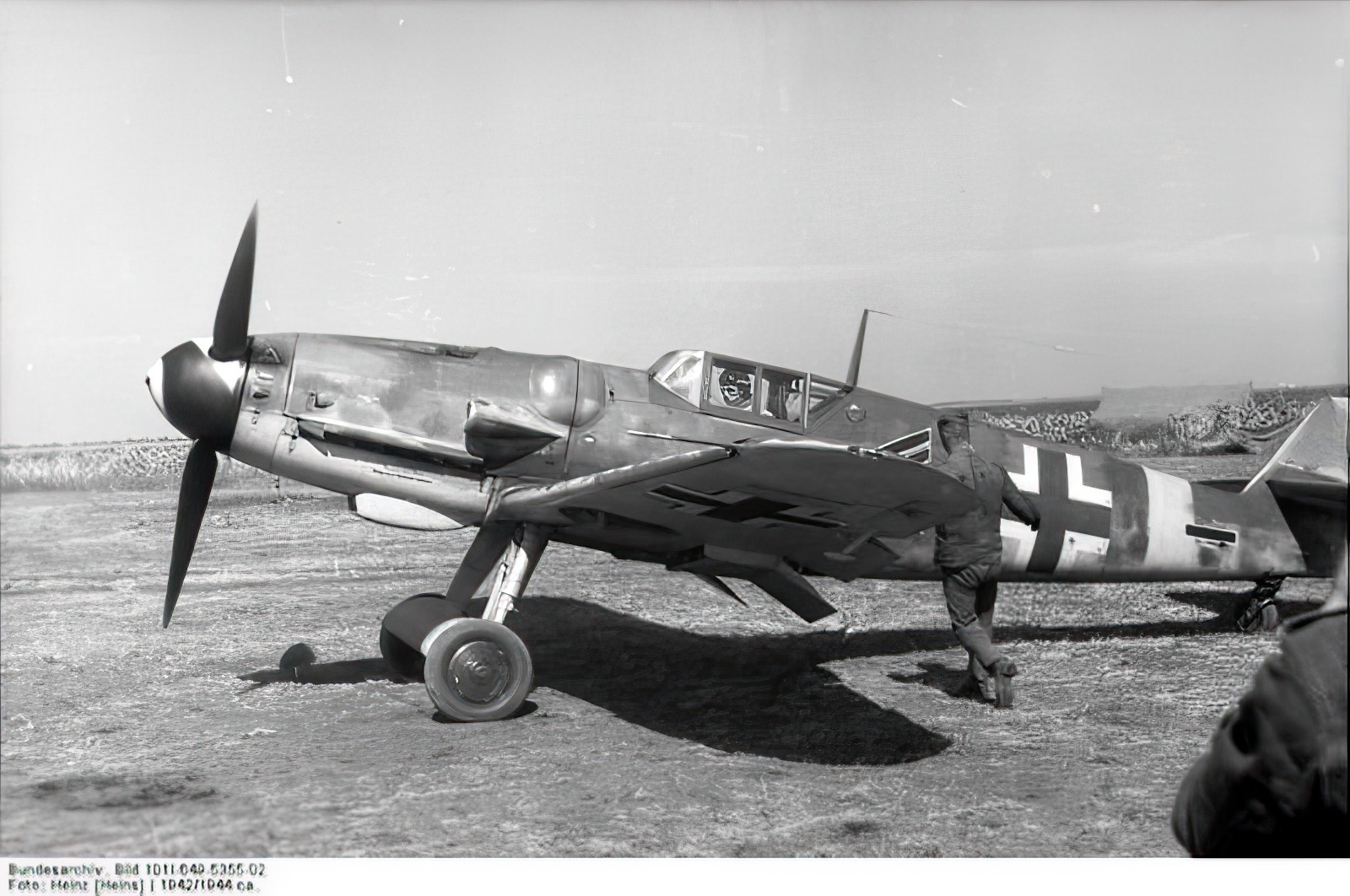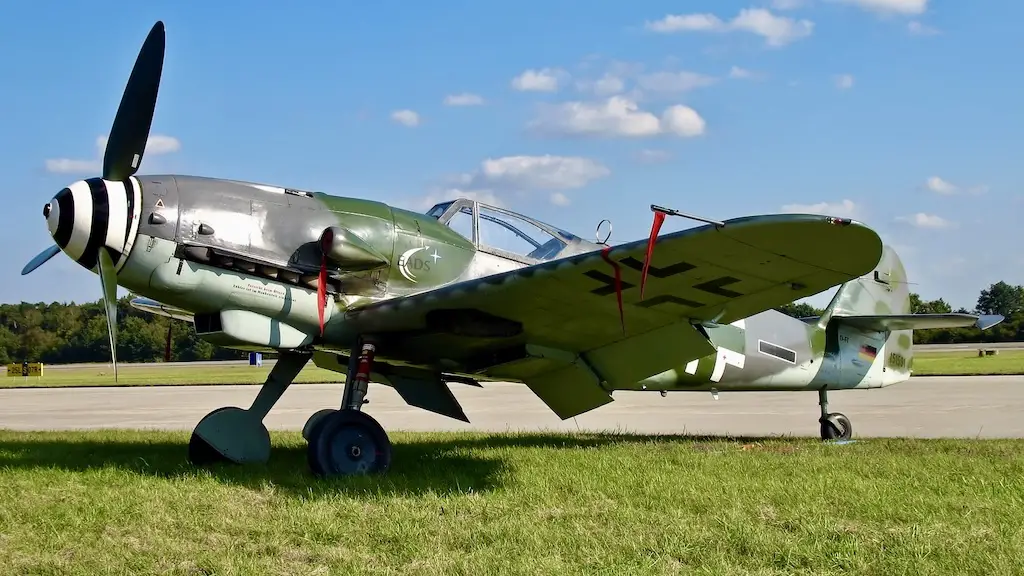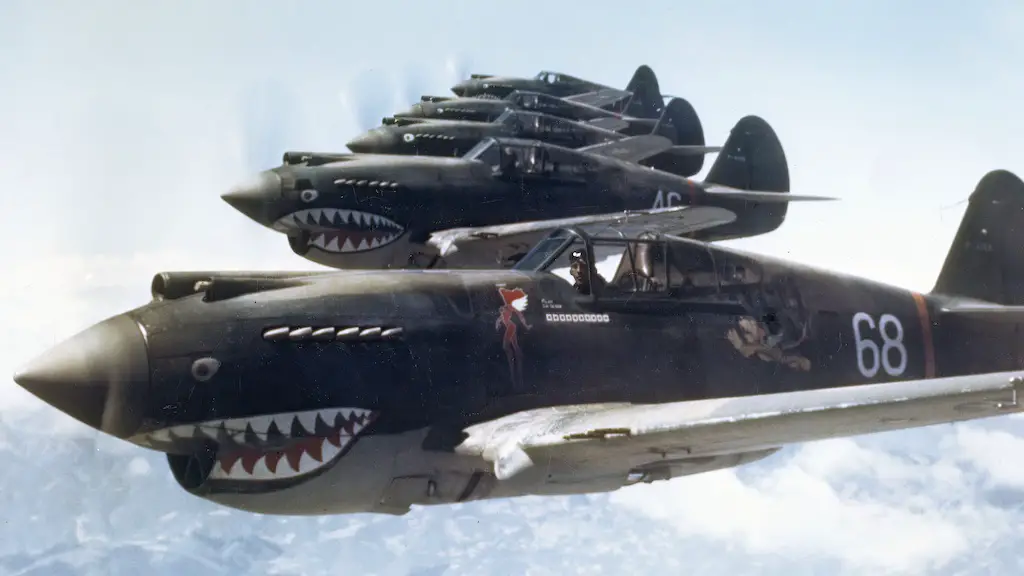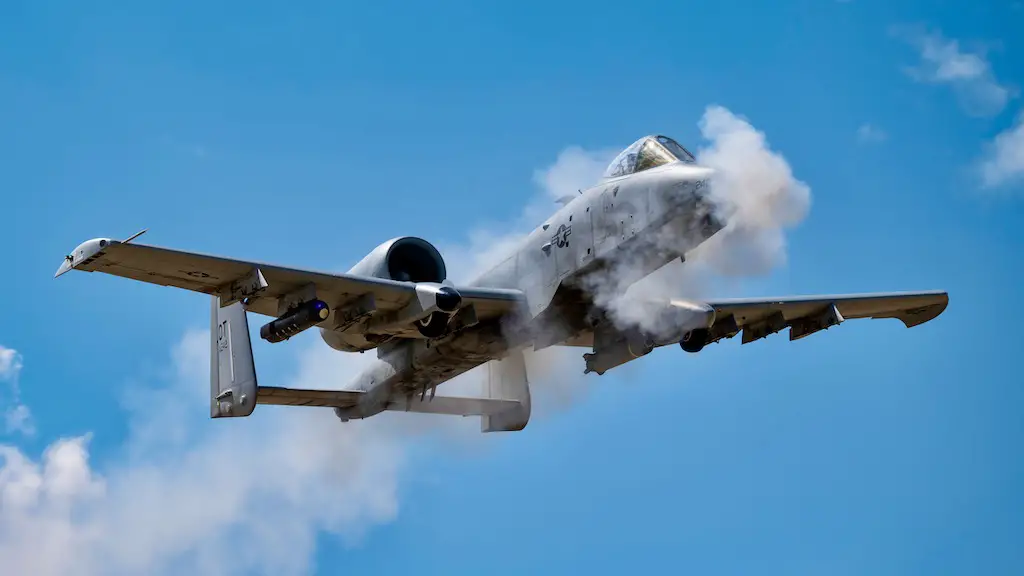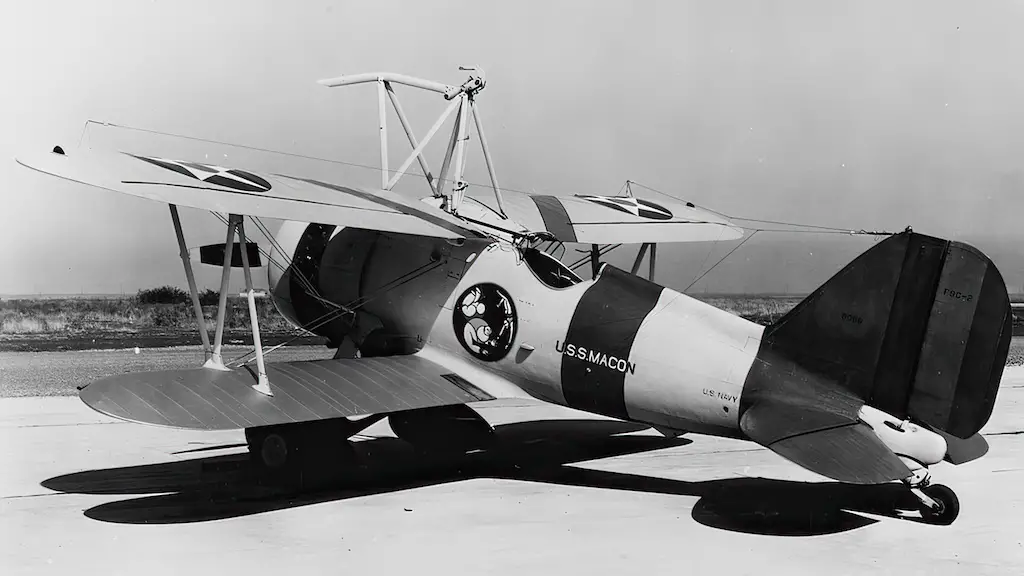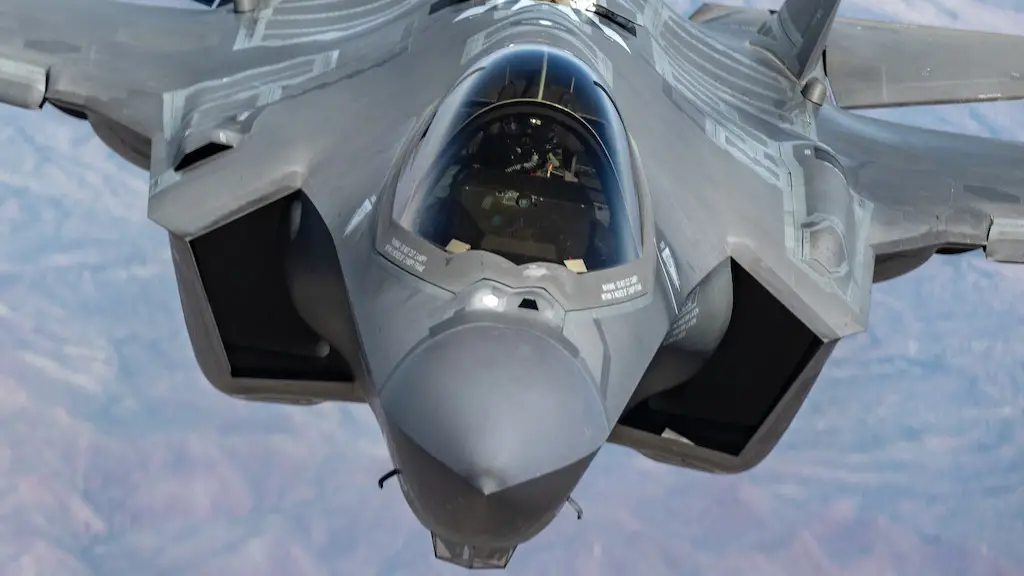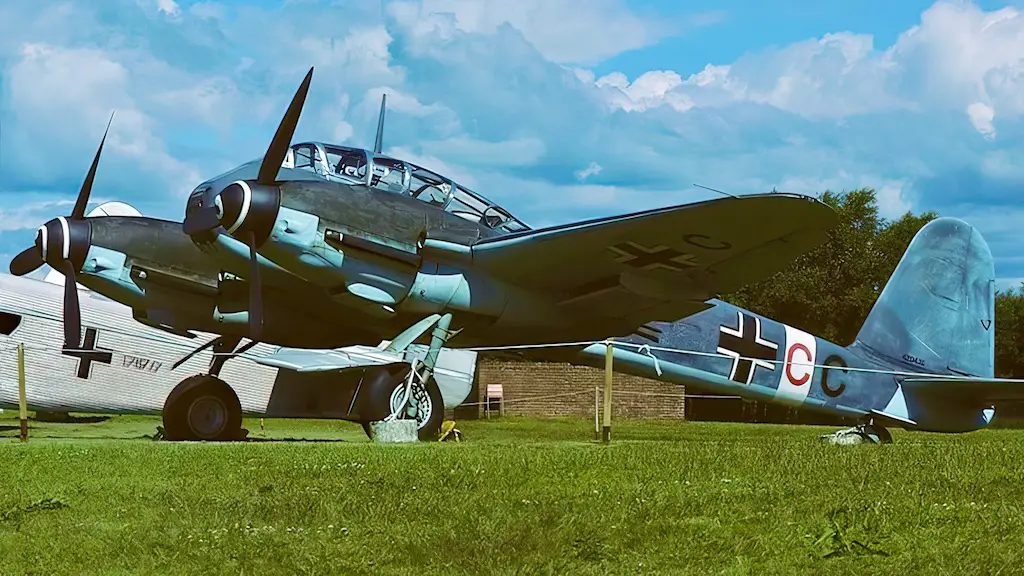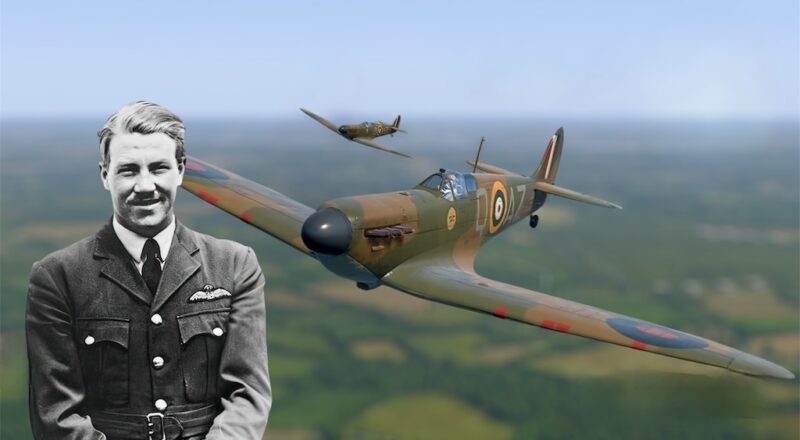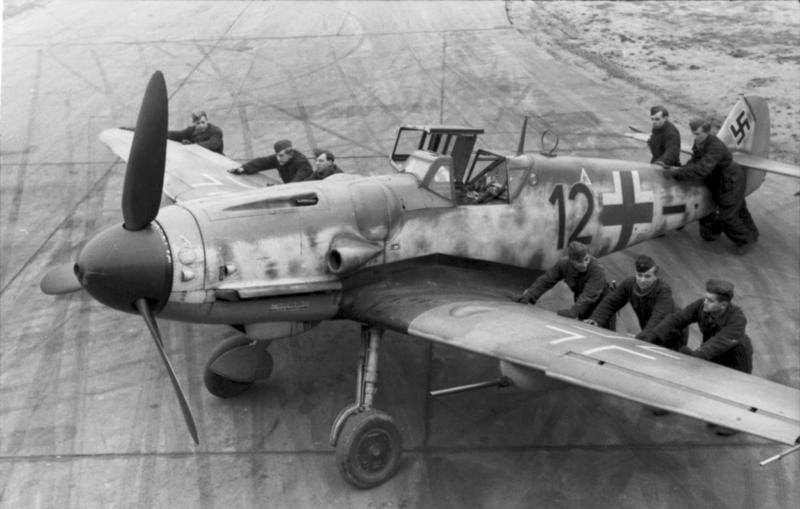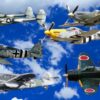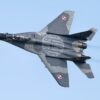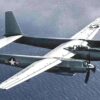The Messerschmitt Bf-109, a symbol of aerial mastery, has firmly carved its place in the history of military aviation. Serving as the Luftwaffe’s mainstay throughout World War II, this aircraft was not just a dominant force in the European skies, but also a key influencer in numerous air combat encounters. Alongside its renowned legacy, the Bf-109 harbors several lesser-known yet equally captivating facets waiting to be discovered.
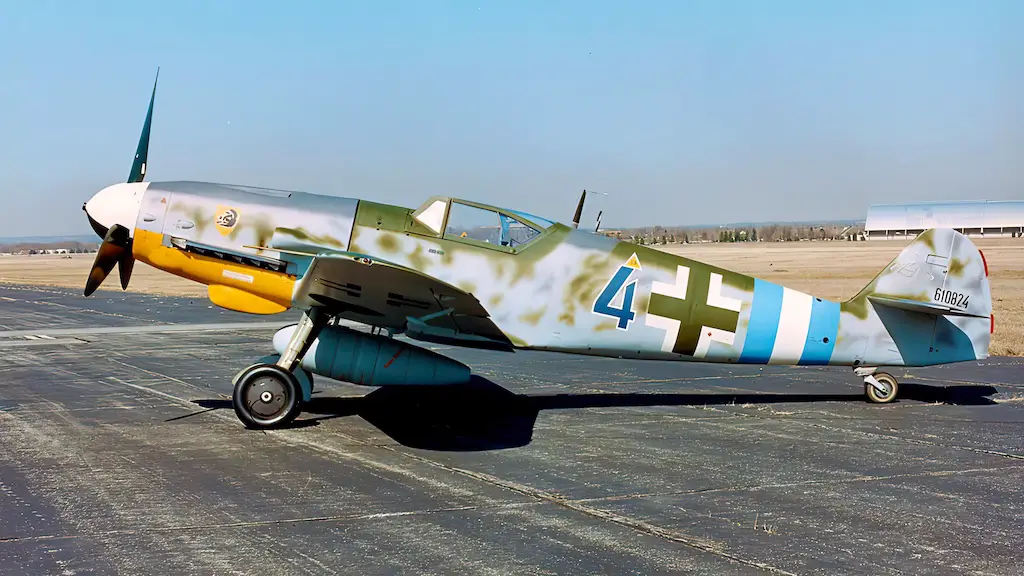
1. A Spectacular Olympic Debut
In 1936, the Messerschmitt Bf-109 made a dramatic public debut at the Berlin Olympics, an event overshadowed by the controversial politics of Nazi Germany. Amidst the Olympic spectacle, 14 pilots showcased the aircraft’s unprecedented speed and agility, captivating spectators. This display, occurring before WWII, not only highlighted Germany’s technological advancements but also inadvertently stoked fears about the rising military might of the Nazi regime.
Shortly after its Olympic debut, the Bf-109 entered its first combat in the Spanish Civil War. This conflict served as a proving ground for the aircraft and a training arena for German pilots. The Bf-109’s superior performance in these early battles laid the foundation for its fearsome reputation and set the stage for its pivotal role in WWII.
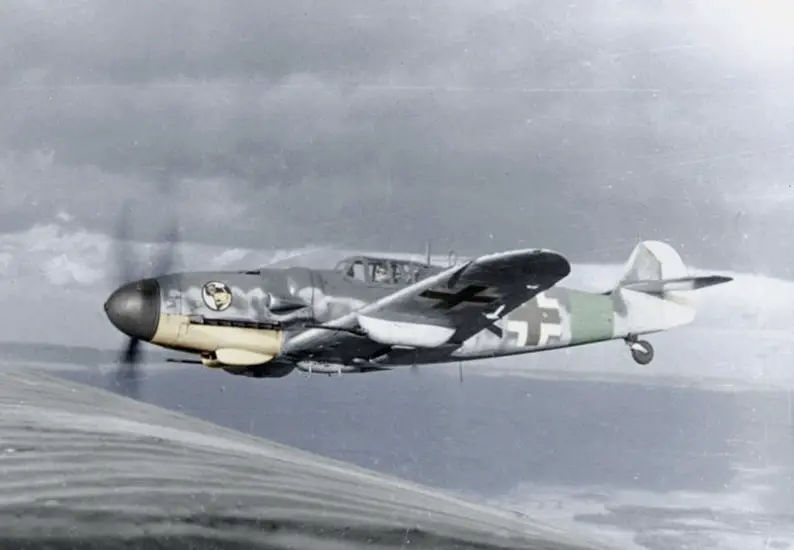
2. Pilot Skepticism and Adaptation
When first introduced, the Bf-109 faced resistance from German pilots accustomed to biplanes with open cockpits and greater visibility. The closed cockpit and ground visibility challenges of the Bf-109, a stark contrast to earlier designs, initially met with disapproval. Pilots were skeptical of losing the full range of visibility, crucial for dogfighting.
Despite initial reservations, the Bf-109’s combat performance quickly won over skeptics. Its superior speed and maneuverability in early WWII battles and the Spanish Civil War demonstrated its effectiveness. German aces like Werner Mölders gained their first victories with the Bf-109, showcasing its potential as the future of combat aviation.
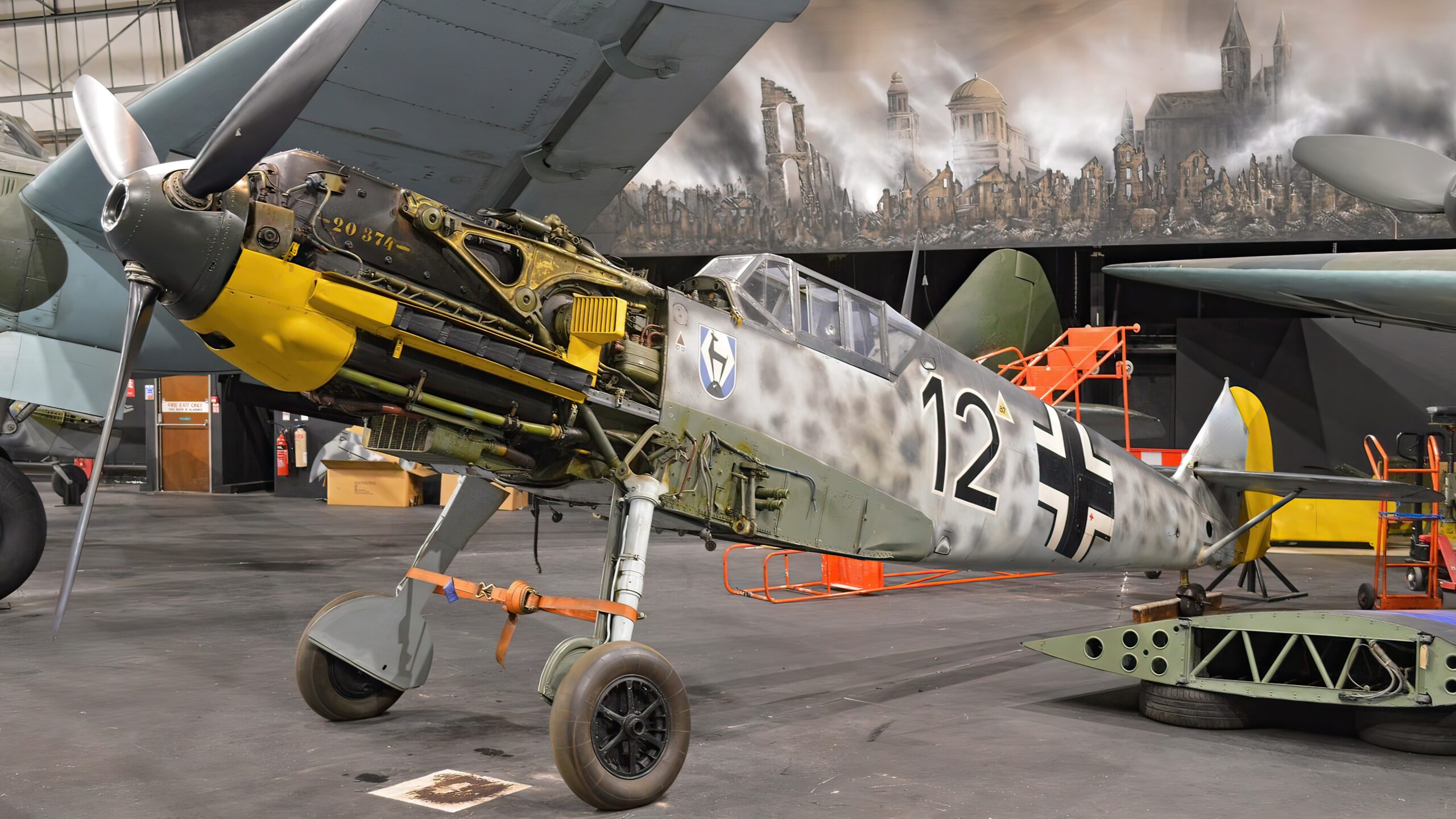
3. A Unique Twist in the Yugoslav Conflict
In a rare twist during WWII, the Bf-109 found itself in combat against its own kind. Germany had previously sold about 70 Bf-109s to Yugoslavia, not anticipating future hostilities. When conflict erupted in 1941, Yugoslav forces used these planes to defend against the German invasion, leading to Bf-109s battling each other in the skies.
This unusual situation posed unique challenges, especially for Yugoslav anti-aircraft forces who struggled to distinguish between friend and foe. The evenly matched dogfights and friendly fire incidents underscored the irony and complexity of this conflict. Despite valiant efforts, the outnumbered Yugoslav forces eventually lost all their Bf-109s to the more formidable German Luftwaffe.
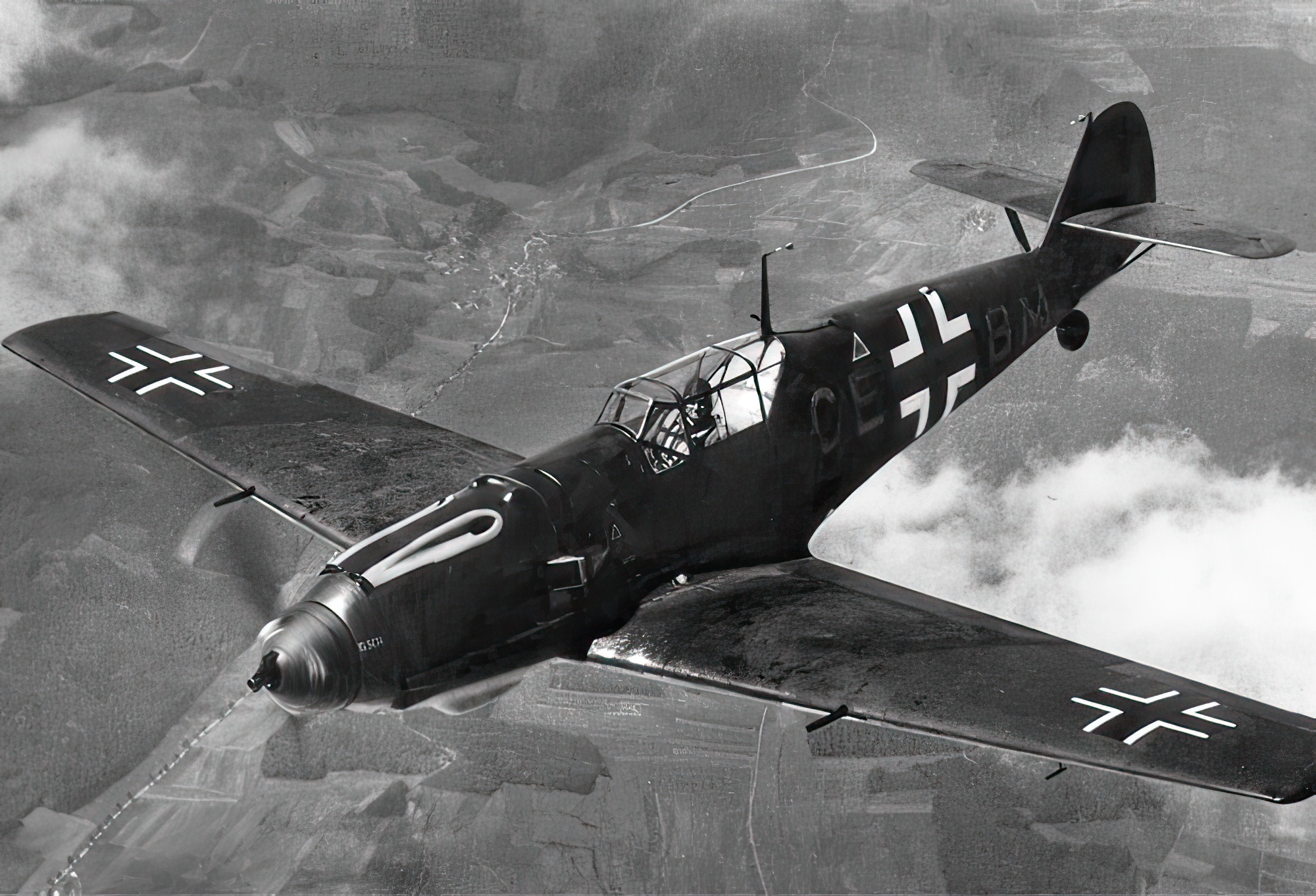
4. A Design That Boosted Pilot Endurance
One lesser-known feature of the Bf-109 was its cockpit design, where pilots sat in a slightly reclined position. This unique seating arrangement, though less comfortable, had a significant impact on combat performance. It was believed to help pilots withstand higher g-forces during intense maneuvers, reducing the likelihood of blacking out.
The reclined seating allowed Bf-109 pilots to execute more aggressive maneuvers than their adversaries, giving them a crucial edge in dogfights. This feature, a testament to Willy Messerschmitt’s innovative design, played a vital role in the aircraft’s success and further cemented its status as a legendary fighter.
5. The Flawed Yet Formidable Bf-109G Model
The Bf-109G, an upgraded model introduced in 1942, was plagued by significant engine problems. Early versions were notorious for overheating and low oil pressure, leading to engine fires and failures. These issues, while eventually addressed, initially tarnished the model’s reputation and had dire consequences.
These engine failures resulted in the loss of several skilled pilots, including the renowned ace Hans-Joachim Marseille, known as the “Star of Africa.” His reluctance to switch to the Bf-109G, followed by his tragic death due to an engine failure, highlights the model’s initial shortcomings. Despite these flaws, the Bf-109G remained a formidable fighter throughout the war.
